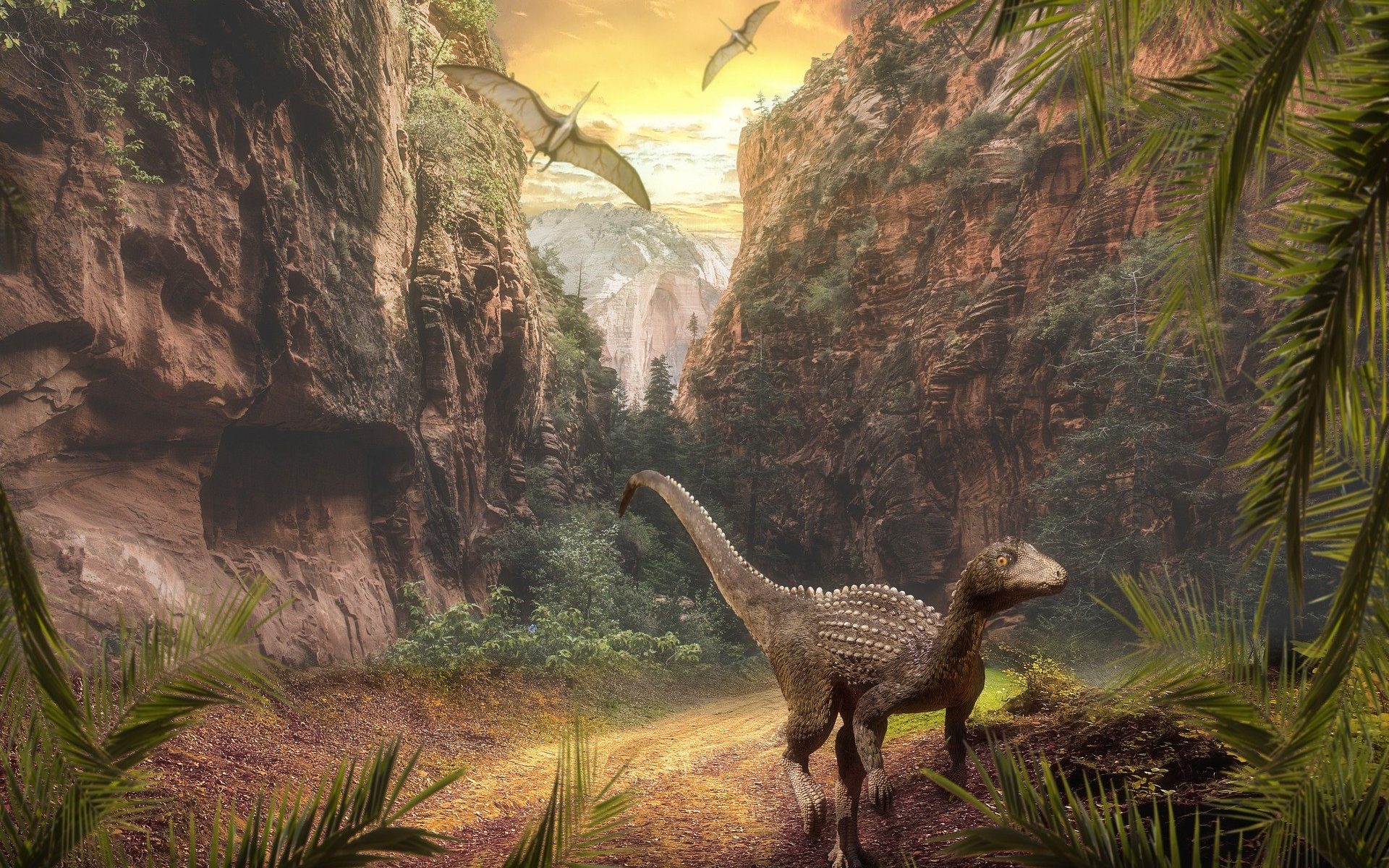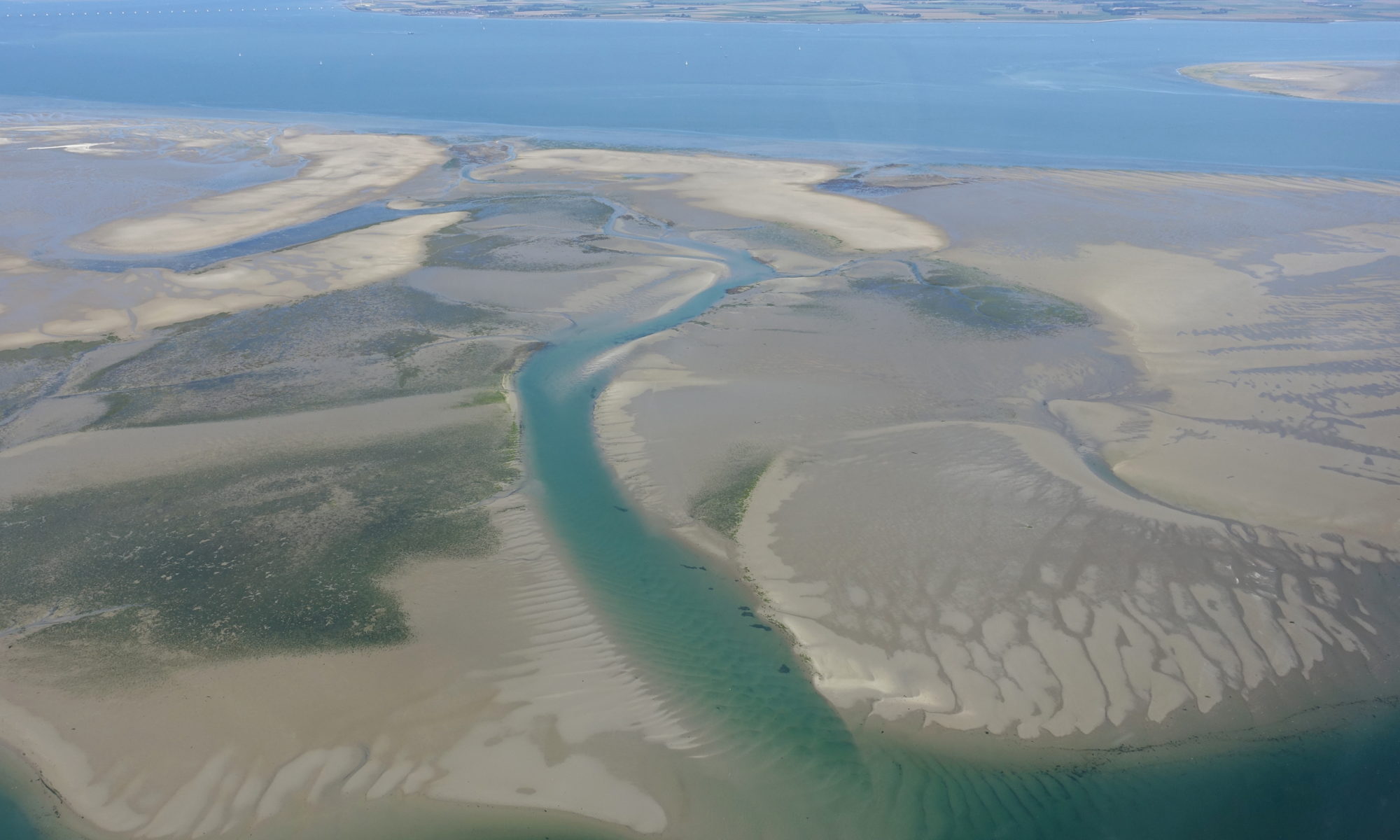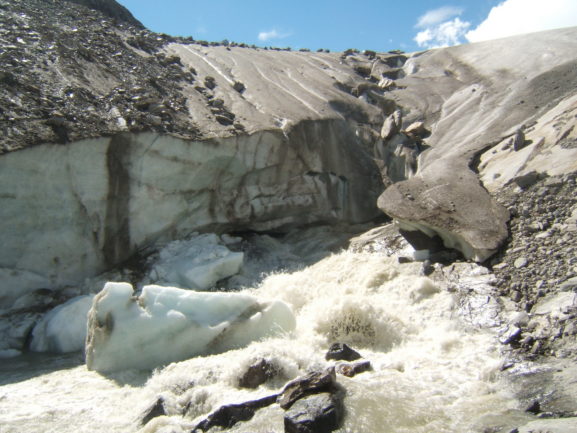Featured image: Landscape mountain sky by Enrique Lopez Garre, Pixabay License.
Authors: Rodrigo Muller and Maurício Garcia
Dinosaurs dominated terrestrial ecosystems for nearly 170 million years in the Mesozoic. There were three major groups of dinosaurs. The long-necked sauropodomorphs, which included the largest animals ever to live on land, could grow as long as a Boeing 737 aircraft. The meat-eating theropods, which included the famous Tyrannosaurus rex, have evolved into the modern dinosaurs: birds. And the bird-hipped ornithischians, an assorted group of herbivorous dinosaurs, evolved some of the most bizarre anatomy known in evolutionary history. This ranged from the plate-backed Stegosaurus, to the thumb-spiked Iguanodon, and from the exaggerated crests of Triceratops to the walking coffee table that is Ankylosaurus.
Continue reading “The early evolution of the bird-hipped dinosaurs”








